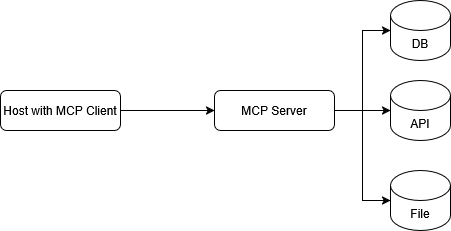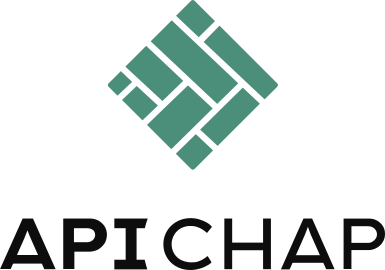Most companies don’t have a single source of truth. HR policies might be in SharePoint, team documents in Notion, customer records in a database, and training materials in PDFs or Google Docs.
Getting all of that into a language model today usually means:
It’s time-consuming, brittle, and not very scalable.
MCP takes a different approach.
Instead of forcing you to move and reformat your data, MCP helps the AI access it where it already is — and understand what it needs, when it needs it.
Whether your data comes from files, APIs, databases, or cloud storage, MCP helps organize that information and deliver it to the model in a way it can easily work with



